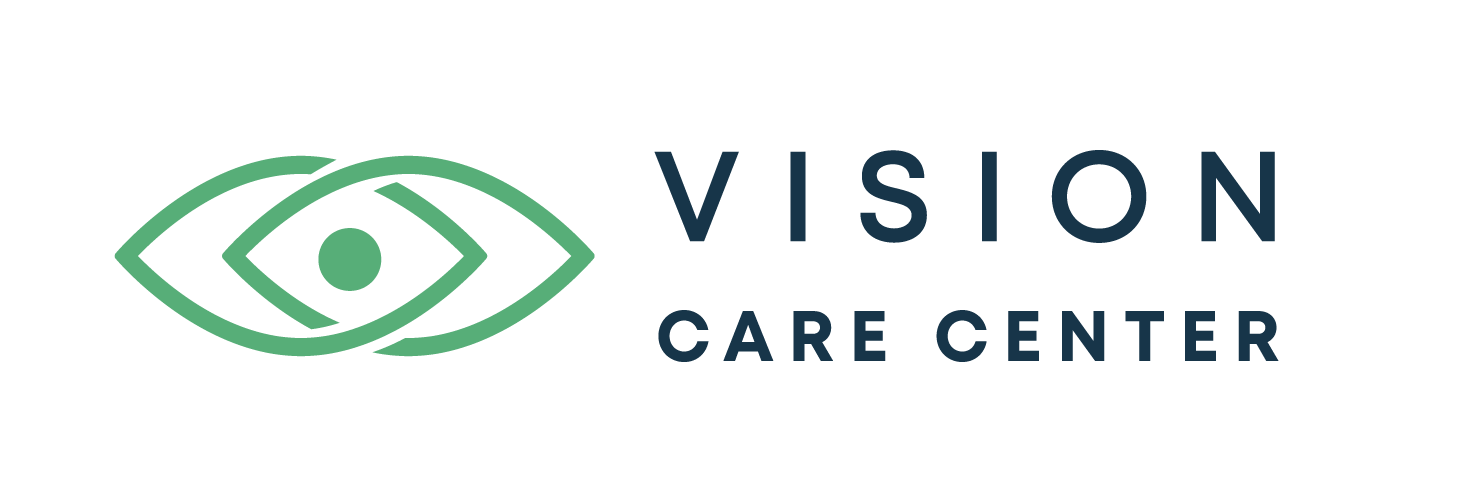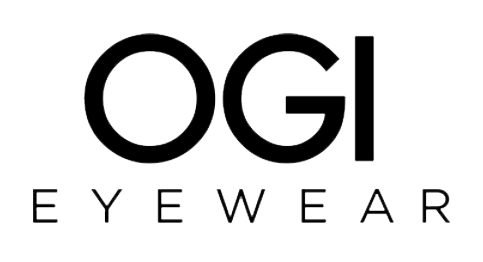Myopia (Nearsightedness)
Nearsightedness is a very common vision condition that affects nearly 30 percent of the U.S. population. Some evidence supports the theory that nearsightedness is hereditary. There is also growing evidence that nearsightedness may be caused by the stress of too much close vision work. It normally first occurs in school age children. Since the eye continues to grow during childhood, nearsightedness generally develops before age 20.

A sign of nearsightedness is difficulty seeing distant objects like a movie or TV screen or chalkboard. A comprehensive optometric examination will include testing for nearsightedness. Your optometrist can prescribe eyeglasses or contact lenses to optically correct nearsightedness by altering the way the light images enter your eyes. You may only need to wear them for certain activities, like watching TV or a movie or driving a car, or they may need to be worn for all activities.
Refractive surgery or laser procedures are also possible treatments for nearsightedness as is orthokeratology. Orthokeratology is a non-invasive procedure that involves the wearing of a series of specially-designed rigid contact lenses to progressively reshape the curvature of the cornea over time.
The treatment for nearsightedness depends on several factors such as the patient’s age, activities, and occupation. Vision can corrected with glasses, contacts, or surgery. Refractive procedures such as LASIK can be considered for adults when the prescription has remained stable for at least one year.
Visit our our Myopia Control page for more information on treating nearsightedness.












